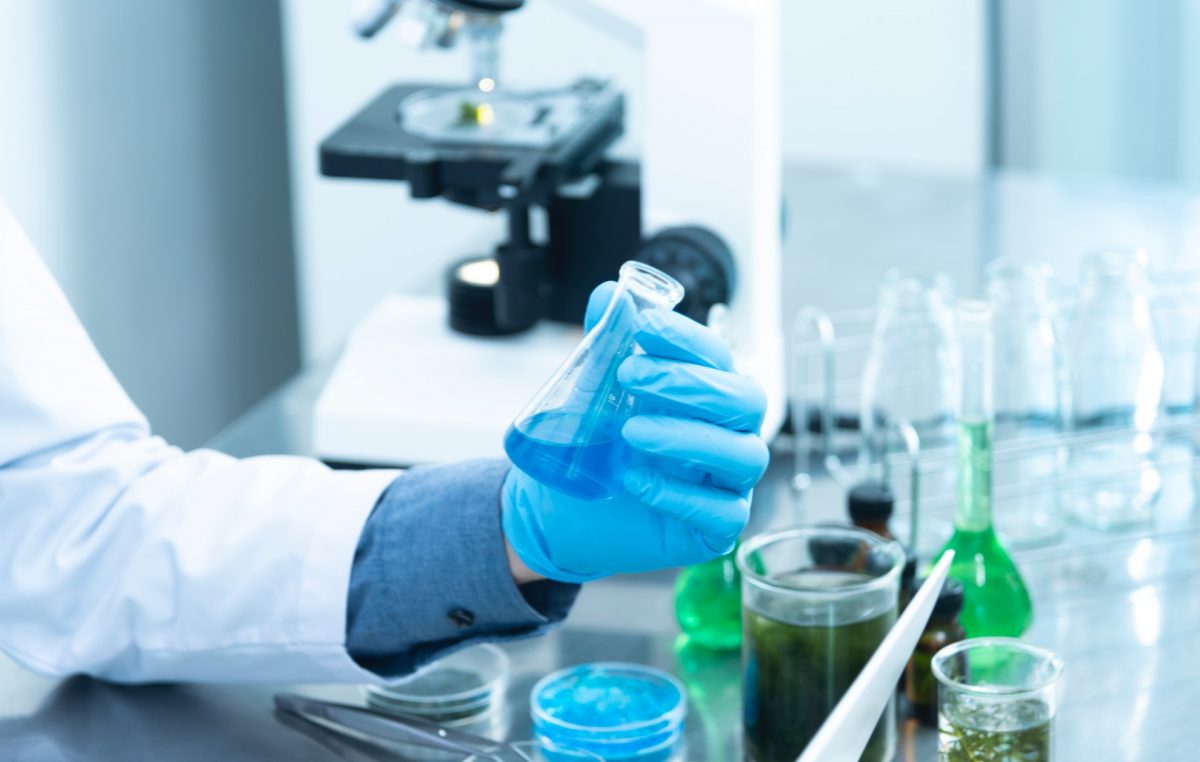The Importance of Full Panel CBD Testing
Theresa Freeman December 13, 2020 Guest PostThe cannabis industry has had an explosion in the CBD niche with an estimated growth expected to reach $4.7B for 2020, an uptick of 14% from the $4.1 billion in sales in 2019. With this much volume and growth in new business, people are often surprised that this industry is still largely unregulated.
With the exponential growth, governmental regulations have been unable to keep up. Many CBD manufacturers have had to do their own policing and set their own standards. As in any emerging industry with evolving regulations, there are those who also choose an unscrupulous path to turning a profit.
Independent Lab Reports the Gold Standard
In the cannabis industry, third-party Certificates of Analysis (COA’s) specifically test for CBD potency and purity, as well as the presence of:
- Residual Solvents
- Heavy Metals
- Microbials
- Pesticides
- Other Toxins
If you’re like most CBD consumers, you want to know what’s in your CBD product, and that what is listed on the packaging matches what is in the lab report. If the label states that a product has 9,000 milligrams of CBD per bottle – take Crescent Canna’s high-potency CBD tinctures, for example – the lab results should reflect that same potency. Additionally, the THC level also must be tested so that consumers know they are truly getting a THC-free product, or a product that certifies as hemp and not marijuana.
Any presence of residual solvents, heavy metals, mycotoxins (mold), and pesticides are also included in third-party lab testing to ensure safety of the product. After all, who wants a deadline component such as glyphosate in a product that they are ingesting? For the most part, hemp plants are grown outdoors, so not only does the harvest have to be bountiful, but it also has to be safe.
The basic heavy metals that are typically tested for include arsenic, mercury, cadmium, and lead. For obvious reasons you would like these to be to be listed as less than the limit of quantification or <LOQ on the reports, meaning that the compound was not found at detectable levels.
Testing also informs you of the presence of any residual solvents or leftover chemicals used from the extraction process. For instance, some processors use acetone, ethanol, methanol, isopropanol, and butane as part of the process for extracting CBD isolate from the hemp plant.
Lastly, the cannabinoid profile provides information on what other compounds may be found in the formulation, which might include CBG, CBN, and other cannabinoids.
Be a Savvy CBD Consumer
Before choosing a CBD product, whether it’s an oil, topical, or edible, do your homework to ensure you’re using a safe, effective product made by a reputable CBD manufacturer that provides testing results on their website or product packaging. COA’s should be provided by an unbiased, third-party lab for a reason – to independently verify the quality and safety of our products, regardless of who made them.
















